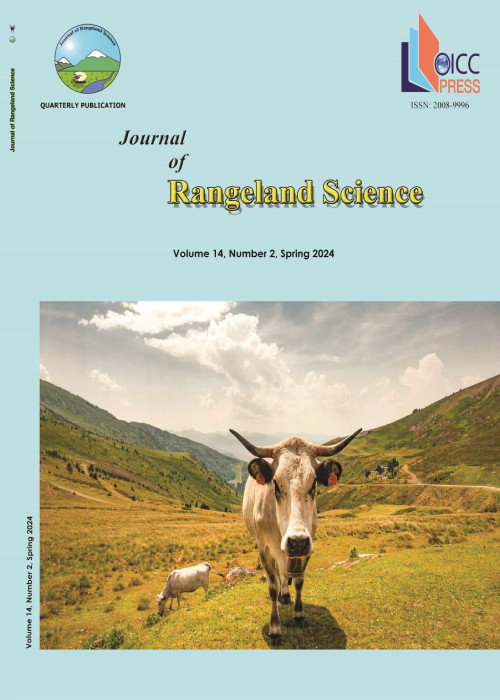Effects of Water Stress on Seedling Growth and Physiological Traits in Four Thyme Species
Drought stress is one of the most important factors limiting the survival, growth and production of various crops and medicinal plants in the different habitats of Iran. This study was conducted to evaluate the effects of drought stress on seedling growth and physiological traits in four native thyme species as (Thymus kotschyanus, T. dianensis, T. lancifolius and T. pubescens). A factorial experiment was conducted using thyme species as main factor and three levels of water stresses namely well-watered (90% of field capacity), mild (70% FC) and severe drought stress (40% FC) as the second factor based on a Completely Randomized Design (CRD) with 3 replications in 2018, Khorramabad, Iran. Data collected for 14 morpho-physiological traits of the seedlings. The result of analysis of variance showed significant effects of species and water stress levels for all of the traits (p <0.01). The species by water stress interaction effects were significant for all of the traits except, carbohydrates and peroxidase indicating that the thyme species had different responses to water stress. Results of means comparison between water stress levels showed that the values of root length, root dry weight, root volume and physiological traits, as: leaf electrolyte leakage, carbohydrates, proline content and catalase activity were increased by drought stress and the higher values were observed in 40% FC, indicating that by increasing drought stress both root growth parameters and many physiological traits were significantly increased in all of the species, but, the leaf relative water content (RWC) and leaf pigments decreased. Results of species by water stress showed that the higher values of root length were obtained in T. daenensis and T. lacnifolius in severe stress (40% FC), respectively. However, in the same species, the higher values of roots dry weights were obtained in the mild stress (70% FC), respectively. For physiological traits, the higher values of (RWC), leaf electrolyte leakage, carbohydrates content and leaf pigments were obtained in T. lancifolius, indicating that this species was more tolerated to drought stress than the other species. It was concluded that species of T. daenensis and T. lacnifolius had produced longer roots in the severe drought stress. However, T. daenensis, due to higher areal part production and essential oil yield in the field, was recommended for domestication and cultivation in dryland farming system and semi-stepic rangelands of Iran.
- حق عضویت دریافتی صرف حمایت از نشریات عضو و نگهداری، تکمیل و توسعه مگیران میشود.
- پرداخت حق اشتراک و دانلود مقالات اجازه بازنشر آن در سایر رسانههای چاپی و دیجیتال را به کاربر نمیدهد.



